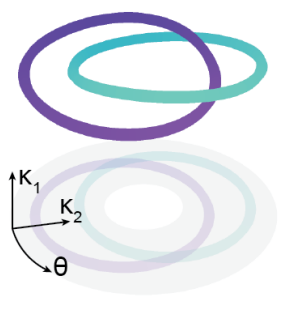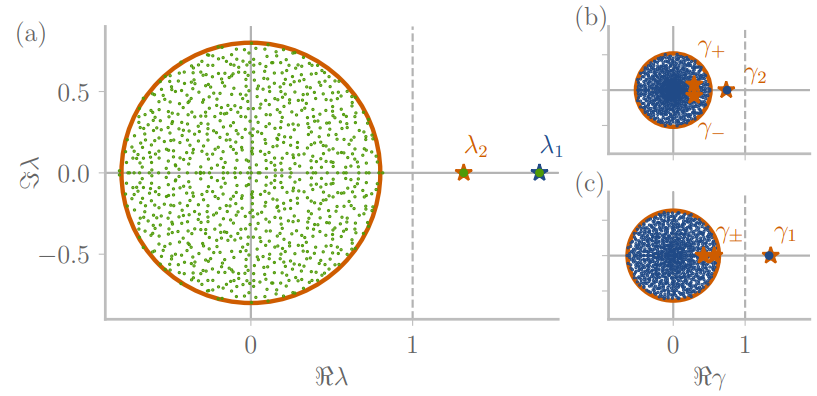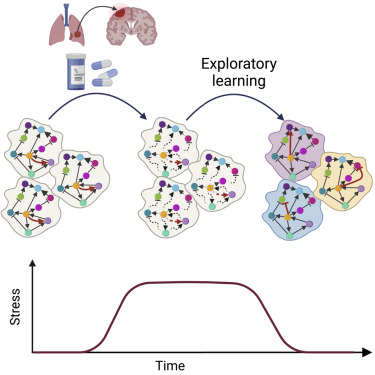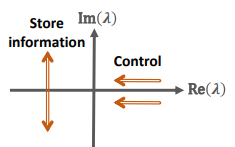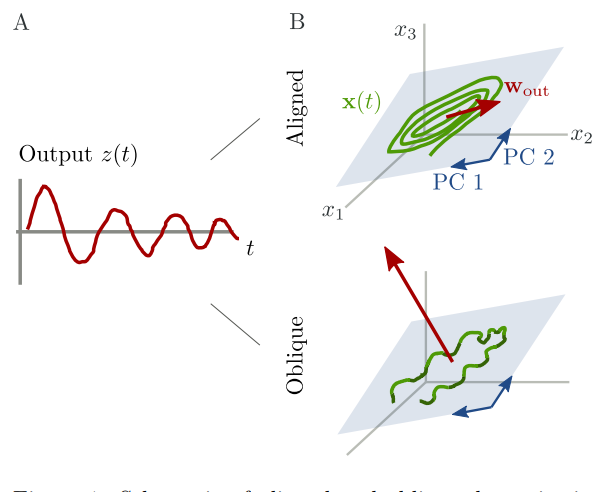I am intrigued by how complex systems learn.
The word “learning” often conjures images of school or other human endeavors. For those engulfed in python code, perhaps learning is also associated with gradient descent or other technical terms from computer science. What do we gain from using the same name for both?
My hypothesis is that systems that learn can be useful models of one another. This is because of general principles that seem to transcend specific instances, such as multiplicity of solutions, low-rank perturbations, and more.
My main object of study is the brain, but I view learning as a much more general phenomenon – and perhaps a key for understanding biology.
More details can be found on the website regarding specific Research projects, collaborators, students and funding that make these projects possible, and more.
Jerne's full quote
"Looking back into the history of biology, it appears that wherever a phenomenon resembles learning, an instructive theory was first proposed to account for the underlying mechanisms. In every case, this was later replaced by a selective theory. Thus the species were thought to have developed by learning or by adaptation of individuals to the environment, until Darwin showed this to have been a selective process. Resistance of bacteria to antibacterial agents was thought to be acquired by adaptation, until Luria and Delbrück showed the mechanism to be a selective one. Adaptive enzymes were shown by Monod and his school to be inducible enzymes arising through the selection of preexisting genes. Finally, antibody formation that was thought to be based on instruction by the antigen is now found to result from the selection of already existing patterns. It thus remains to be asked if learning by the central nervous system might not also be a selective process; i.e., perhaps learning is not learning either"
Jerne NK, "Antibodies and learning: Selection versus instruction." In: "The neurosciences: A study program." Quarton et al. (eds) New York: Rockefeller University Press, 1967:200-5.



